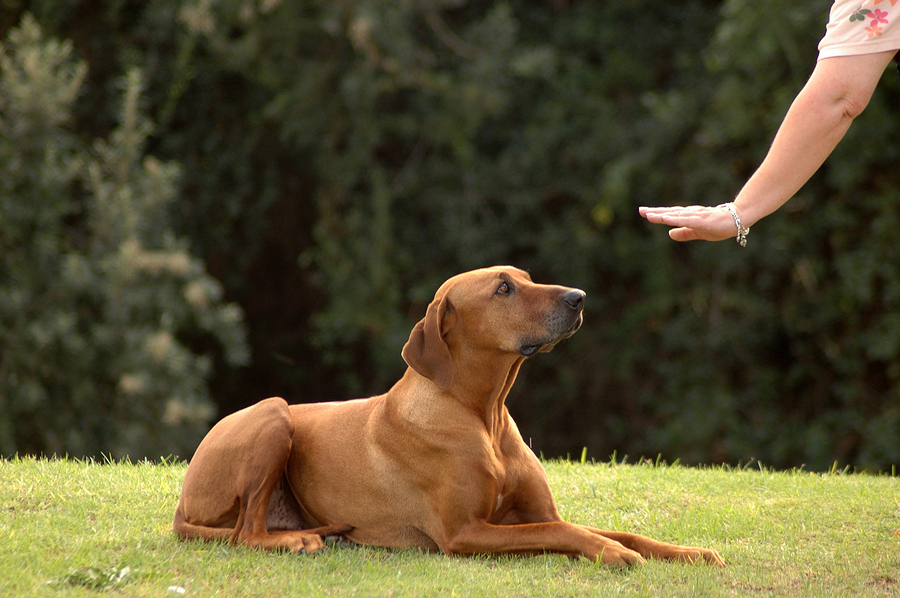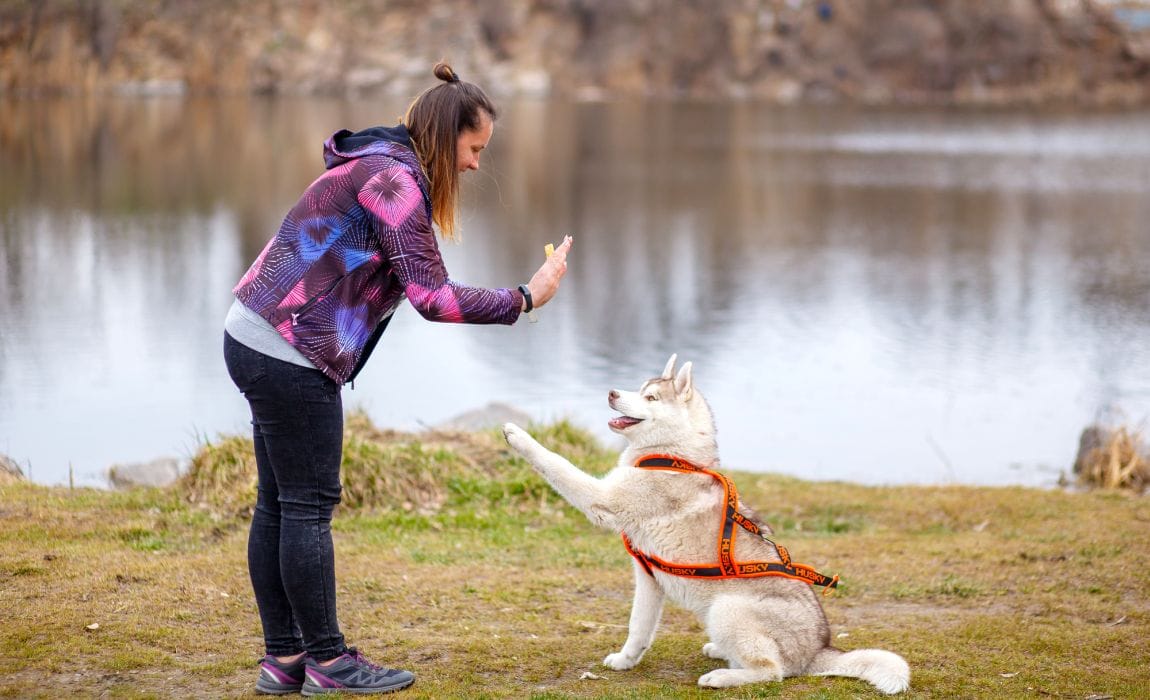Top Dog Training Tips for a Mannerly Buddy
Training your dog to be a mannerly companion requires a nuanced understanding of canine habits and the application of efficient methods. Vital commands such as "Sit," "Keep," and "Come" work as the structure for excellent manners, while favorable reinforcement strategies can substantially boost learning. Additionally, developing a consistent routine and focusing on very early socializing are crucial elements that add to a harmonious partnership. Nonetheless, the journey to a well-mannered pet includes more than just these basics; it requires a much deeper exploration of methods that can transform your training approach.
Understanding Canine Actions
Recognizing canine habits is essential for reliable canine training and promoting a harmonious relationship between dogs and their owners. Canines are complex creatures, displaying a variety of actions affected by genetics, setting, and socializing. Recognizing the underlying motivations for a canine's activities-- such as fear, exhilaration, or territorial reactions-- can substantially improve training performance.
Observing body language is a vital element of comprehending canine behavior. Tail position, ear orientation, and pose can provide beneficial insights into a pet's mood. A wagging tail does not always show happiness; it can additionally symbolize agitation or stress and anxiety. Social communications with other pet dogs and human beings play a critical duty in shaping behavior. Pet dogs that experience favorable socializing are generally much more versatile and well-mannered.

Essential Training Commands
Mastering necessary training commands is critical for developing effective interaction between pets and their proprietors. These commands work as the foundation for a mannerly canine and can substantially improve the general relationship in between animal and owner.
"Stay" strengthens a dog's ability to remain in one placement, advertising self-discipline. "Down" instructs your canine to lie down, which can aid in handling thrilled actions. "Heel" shows your canine to walk together with you, cultivating better chain manners.
Uniformity and quality in command distribution are essential. Each command needs to be coupled with a particular hand signal or gesture to strengthen understanding. Exercising these commands in numerous environments assists canines generalise their training and respond suitably, no matter diversions. By spending time in showing these essential commands, owners can cultivate a harmonious and respectful relationship with their canine buddies, enhancing both safety and security and pleasure in day-to-day interactions.
Favorable Reinforcement Methods
Positive support strategies are necessary methods in pet dog training that concentrate on rewarding desired habits to motivate their reoccurrence. This method leverages the all-natural understanding processes of pet dogs, enabling them to link specific activities with positive results. By utilizing deals with, appreciation, or playtime as benefits, trainers can properly inspire dogs to repeat the habits they intend to reinforce.
To execute favorable support, it is essential to provide incentives immediately after the desired habits happens. This aids the pet make a clear link in between their activity and the incentive. Consistency is additionally crucial; rewards must be given every time the desired habits is exhibited during the preliminary training stage, gradually transitioning to a variable timetable as the habits ends up being a lot more dependable.
Additionally, picking the appropriate type of incentive is crucial. While treats are frequently reliable, some pet dogs might react far better to spoken appreciation or interactive play. Recognizing your pet dog's choices can enhance the training experience. Inevitably, favorable support cultivates a relying on partnership between the dog and proprietor, making training a much more enjoyable and efficient procedure that builds a mannerly buddy.

Socializing Methods
Reliable socialization techniques are crucial for a dog's development, as they assist develop a well-rounded and confident buddy. Very early direct exposure to various atmospheres, individuals, and other pets is necessary to protect against behavioral problems in their adult years. Begin this procedure during the critical socializing period, which normally occurs in between three and fourteen weeks of age.
Introduce your puppy to varied stimuli, such look here as different surfaces, sounds, and scents. Managed encounters with various other pets and friendly people can promote positive associations. Puppy classes are an excellent resource, giving structured settings for social interaction and discovering basic commands.
Slowly raise the intricacy of socialization experiences. Take your dog to parks, pet-friendly stores, and public events, ensuring each experience declares. Observe your pet's reactions and remove them from frustrating scenarios to stay clear of fear-based responses.
Make use of favorable support to award tranquil and certain habits during social communications. This could entail treats, appreciation, or playtime. Bear in mind, persistence is key; each pet dog has its own rate for adjusting to new experiences. By implementing these socializing techniques, you prepared for a well-adjusted and friendly canine companion.
Consistency and Routine
Developing uniformity and regimen in pet dog training is vital for fostering a complacency and understanding in your pet. Pets thrive on predictability; recognizing what to anticipate assists them feel risk-free and reduces stress and anxiety. When training, here it is important to utilize the same commands, motions, and rewards continually. This uniformity aids in enhancing preferred behaviors and aids your pet dog rapidly associate details activities with certain results.
Integrating an organized routine into your training sessions also improves your pet dog's understanding experience - Dog training near me. Set up everyday training sessions at the exact same time every day, making sure that both you and your canine are psychologically ready. Short, regular training sessions are a lot more effective than long, seldom ones; purpose for 5 to 10 mins of focused training multiple times a day
In addition, consistency must expand past official training sessions. Integrate training into daily activities-- compensate your pet dog for resting prior to meals or walking comfortably on a leash. This strengthens found out habits and creates a natural training environment. Overall, a regular method, matched with an organized regimen, lays the structure for a well-behaved friend, promoting an unified connection in between you and your dog.
Final Thought
Positive reinforcement techniques offer to motivate wanted actions, pop over to these guys while very early socialization prepares pet dogs for varied atmospheres. By stressing these essential components, the bond in between owner and dog reinforces, eventually leading to an unified and satisfying connection.